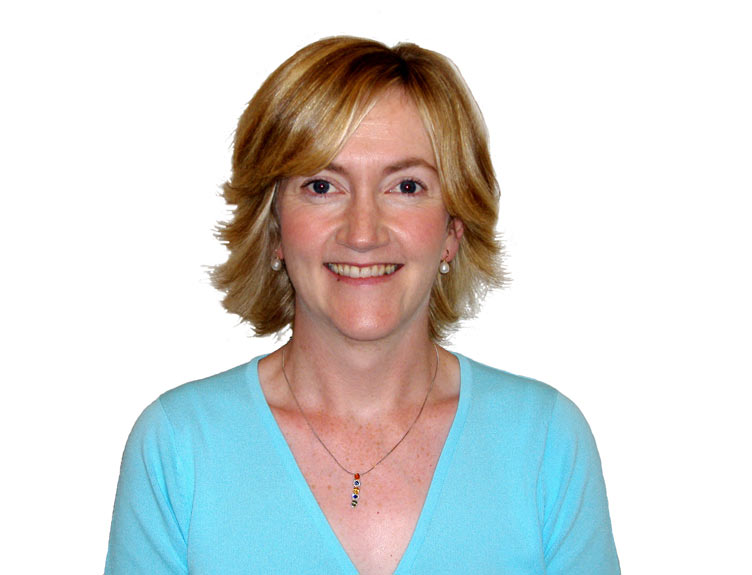Nitric oxide key for discovery of potential new drugs

Once dismissed as a toxic atmospheric pollutant, nitric oxide (NO) is now at the forefront of biomedical research.
Nitric oxide (NO) is a small lipophilic gas which, due to its hydrophobicity, can be released into the aqueous environment between cells and pass unaltered into another cell via the cell membrane, and is ubiquitous in the human body. In fact scientists estimate that there are very few physiological processes in which this small molecule does not play some role.
To understand the suitability of NO as a therapeutic agent, it is necessary to understand that its effects are, in parallel, both beneficial and detrimental. Generated from the amino acid L-arginine, NO plays a vital role in cell-to-cell communication, blood pressure regulation, vasodilation, and neurotransmission. However, NO-mediated biochemical reactions are also implicated in a range of diseases from cancer to tuberculosis.
Consequently, therapeutic strategies directed at reducing or increasing NO levels are an important area of current research. Reduction of NO levels may potentially be achieved either by inhibiting the enzyme nitric oxide synthase (NOS) or by employing NO scavengers. Molecules capable of releasing NO are potentially of immense significance in the development of new therapies for diseases.
A team of researchers led by Dr Celine Marmion, senior lecturer in the Department of Pharmaceutical and Medicinal Chemistry at RCSI and researcher with the Centre for Synthesis and Chemical Biology (CSCB), have for some time been focusing their attention on a class of organic compounds called hydroxamic acids.
“Hydroxamic acids have been known since 1869,” according to Dr Marmion. “Their anti-cancer, anti-tuberculosis and anti-inflammatory properties have been well documented as well as their ability to inhibit a wide spectrum of enzymes. Many of the biomedical applications of these weak acids are undoubtedly due to their ability to bind strongly to metal ions. Recent findings indicate that some of these applications may also be due to their ability under certain conditions to release nitric oxide.”
In fact it was Dr Marmion's group who were the first to report that hydroxamic acids could act as effective NO donors; reaction of various hydroxamic acids with ruthenium complexes resulted in the formation of ruthenium–nitrosyl derivatives. Ruthenium, with its known affinity for NO, effectively acted as an NO scavenger, abstracting NO from hydroxamic acids.
“We are now focusing our attention on the use of hydroxamic acids as important bioligands for the synthesis of novel platinum and ruthenium complexes,” continues Dr Marmion. “It is our ultimate aim to develop a new class of metal-based anti-cancer agents beyond those currently in use.”
The breakthrough discovery of the platinum-based anti-cancer drug Cisplatin in the 1970s revolutionised the treatment of many cancers, provoking a rapid expansion of research in the area of metal-based drugs. Cisplatin remains the drug of choice for the treatment of testicular, ovarian, bladder, head and neck, lung and cervical cancers. It is widely used in combination chemotherapy with other anti-cancer drugs such as doxorubicin, etoposide, and bleomycin. The remarkable success of Cisplatin is marred somewhat by several major drawbacks including toxicity, inactivity against certain cancers and resistance. Despite these shortcomings, approximately 50% of all anti-tumour therapies are platinum-based. Nevertheless, the search for Cisplatin analogues with unprecedented features remains the subject of intense investigation.
Ruthenium complexes offer an attractive alternative. Professor Alessio and Professor Sava, both from the University of Trieste, Italy have developed NAMI-A (New Anti-tumour Metastasis Inhibitors), a ruthenium imidazole complex. “NAMI-A has shown remarkable activity in inhibiting lung metastasis formation and growth with no significant organ toxicity. It will enter phase II clinical trials this autumn,” explains Dr Marmion.
Another very promising ruthenium indazole complex, KP1019, developed by Professor Keppler and his group from the University of Vienna, Austria is also undergoing clinical trials.
In light of these promising results on ruthenium complexes, Dr Darren Griffith, while carrying out his PhD with Dr Marmion, had the opportunity to work with Professor Alessio in Trieste where he developed some ruthenium hydroxamic acid NAMI-A analogues. These ruthenium complexes are currently undergoing biological evaluation. Dr Darren Griffith is now a postdoctoral researcher with Dr Marmion in the RCSI.
Dr Marmion and her group have also investigated the interaction of hydroxamic acids with platinum. "Given the prevalence of the hydroxamate moiety in biological systems and the widespread use of platinum-based chemotherapeutic agents such as Cisplatin, we were surprised that there are only a few reports in the literature to date on reactions of platinum salts with hydroxamic acids," explains Dr Marmion. A number of platinum hydroxamate complexes with novel coordination modes have recently been reported by Dr Marmion’s group. Some novel platinum hydroxamic acid complexes are also currently being evaluated against a series of cancer cell lines for anti-tumour activity.
The latest research on platinum and ruthenium complexes as anti-cancer agents was highlighted at a recent European meeting of the COST (European COoperation in the field of Scientific and Technical Research) D20 Action group in Brno, Czech Republic. The D20 Action was formed in 2000 to promote research on the use of metal compounds in the treatment of cancer and viral diseases.
More recently a new COST D39 Action was established. The aim of this Action is 'to increase knowledge and understanding of the design and mechanism of action of metallo-drugs with novel mechanisms of action and novel spectra of biomedical activity'. Dr Marmion is one of two national delegates representing Ireland on the Management Committee of COST D39; Dr Matthias Tacke, a UCD-based CSCB colleague is the other.
Dr Marmion concludes optimistically that "although the search for new metal-based chemotherapeutics is an ongoing challenge, new synthetic strategies and innovative and interdisciplinary approaches are constantly emerging which will hopefully advance a new class of metal-based anti-cancer agents, platinum or non-platinum, with improved clinical efficacy, little or no toxicity and a broad spectrum of activity".
The CSCB is a collaboration in the chemical sciences between University College Dublin (UCD), Trinity College Dublin (TCD) and RCSI.



